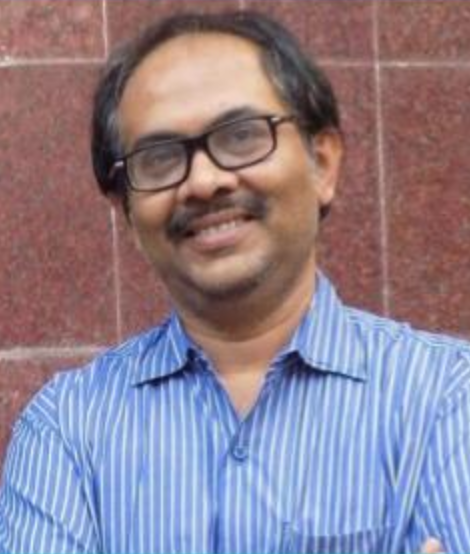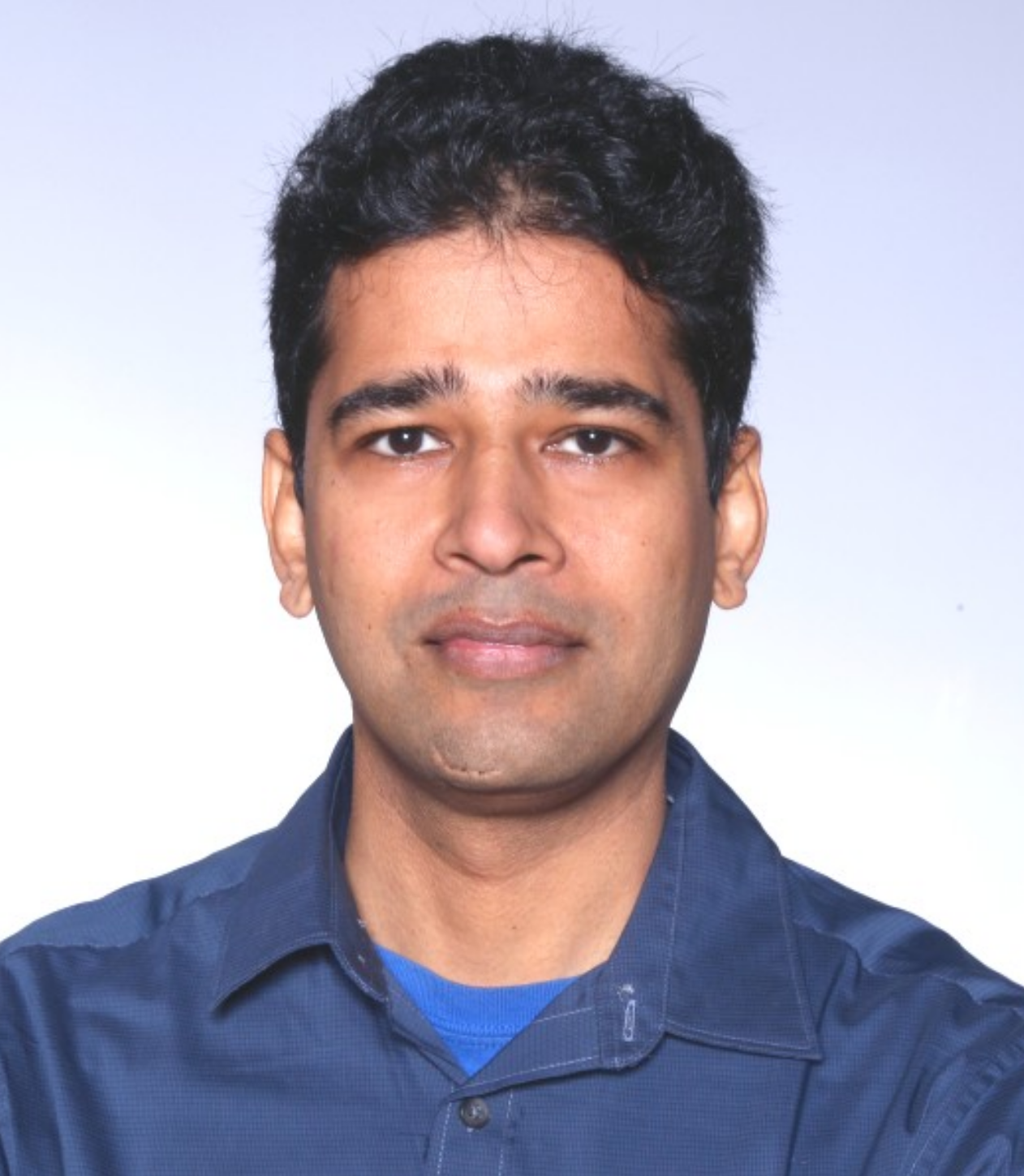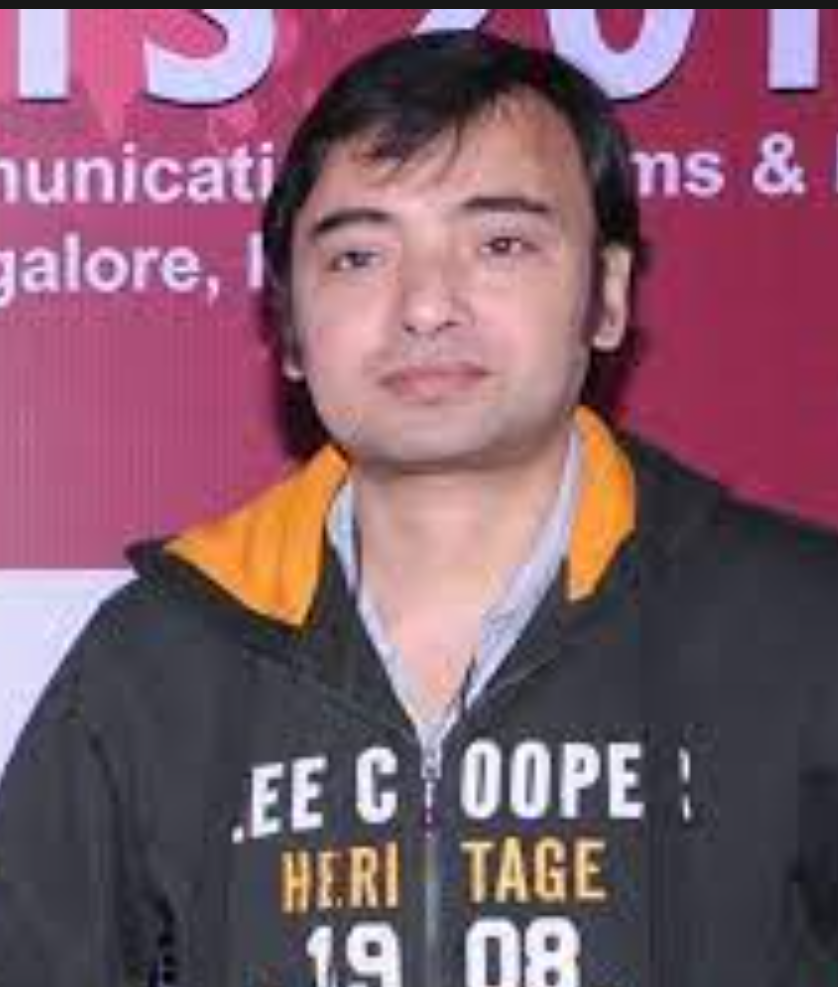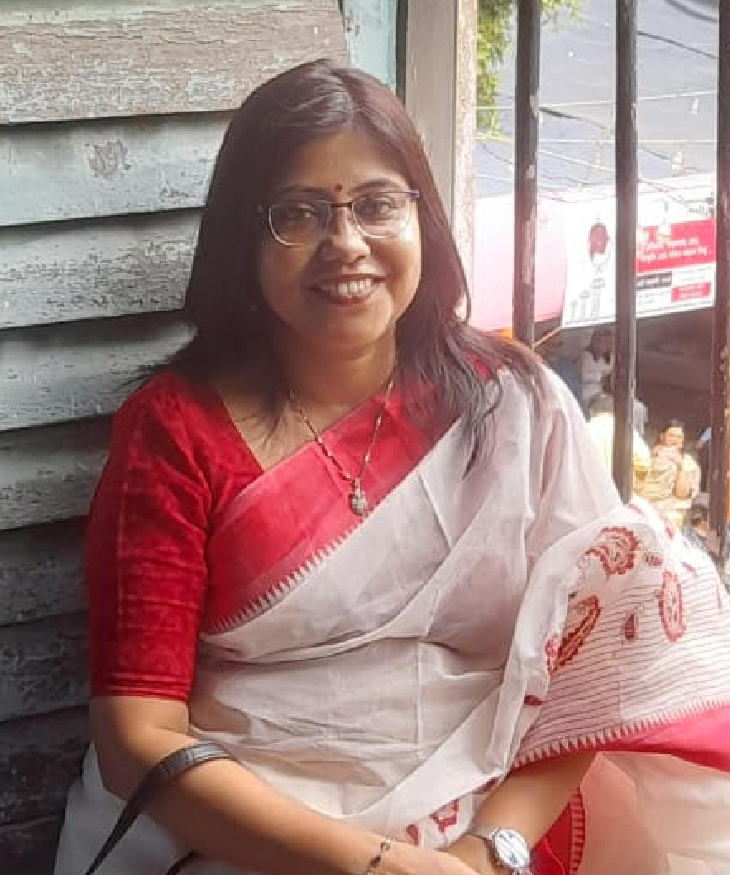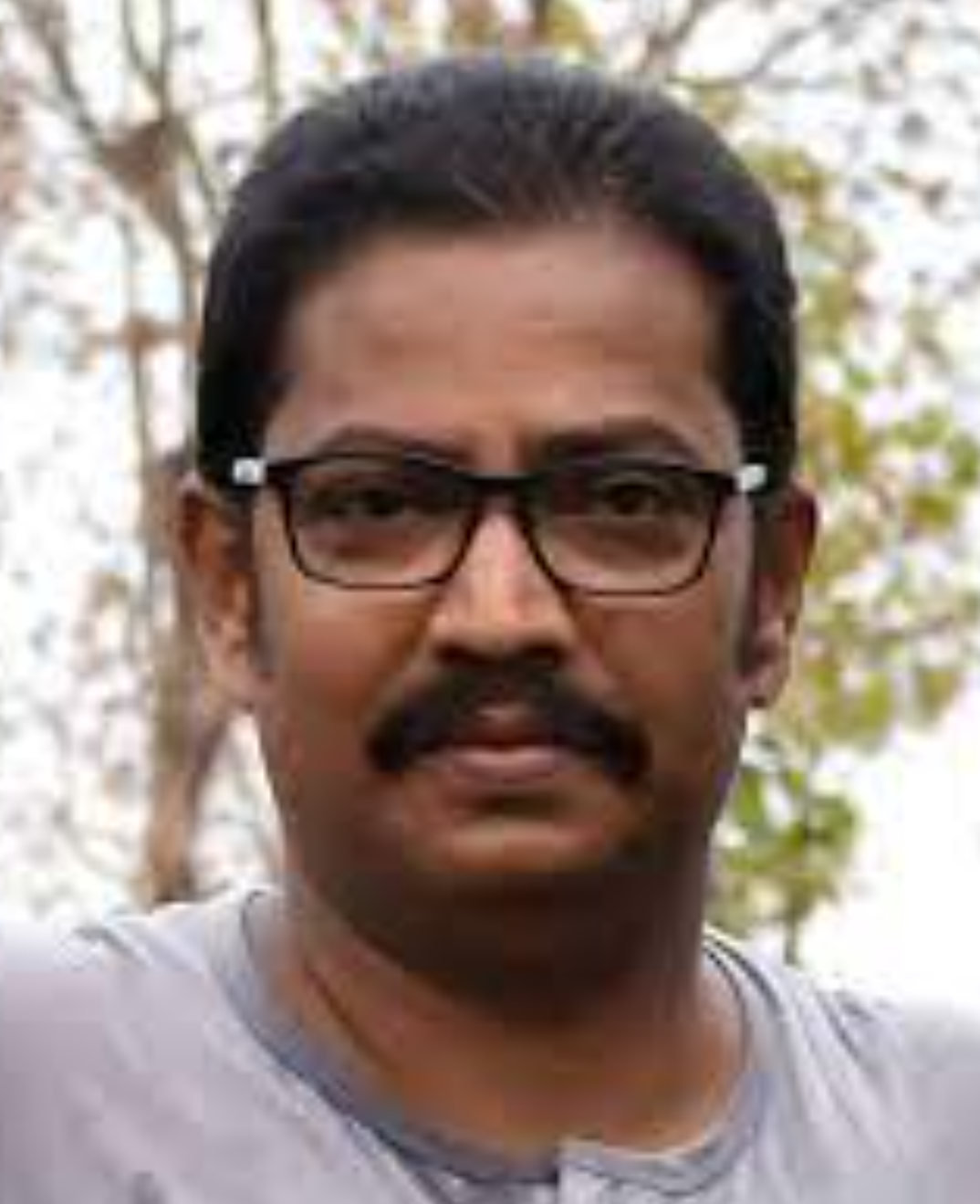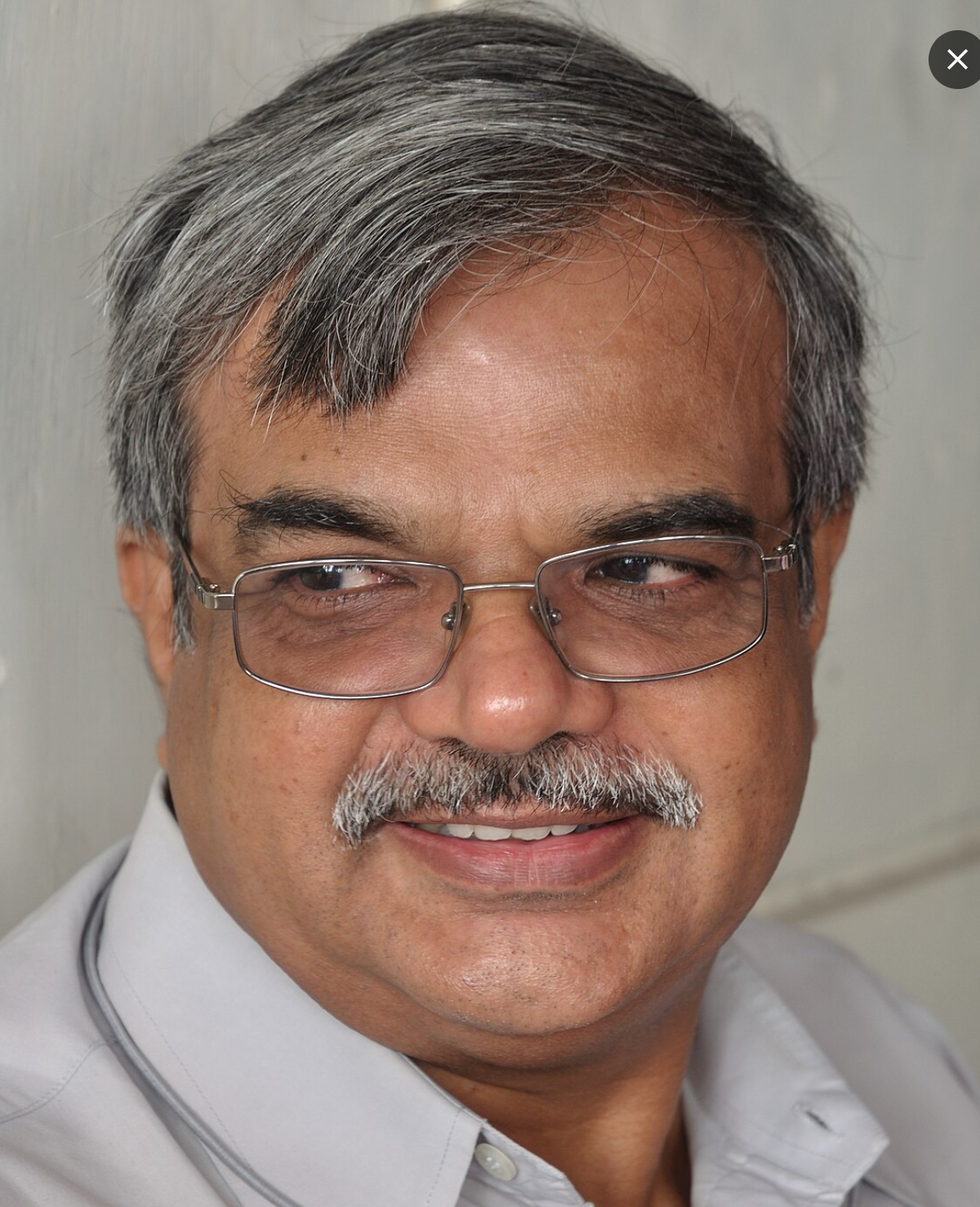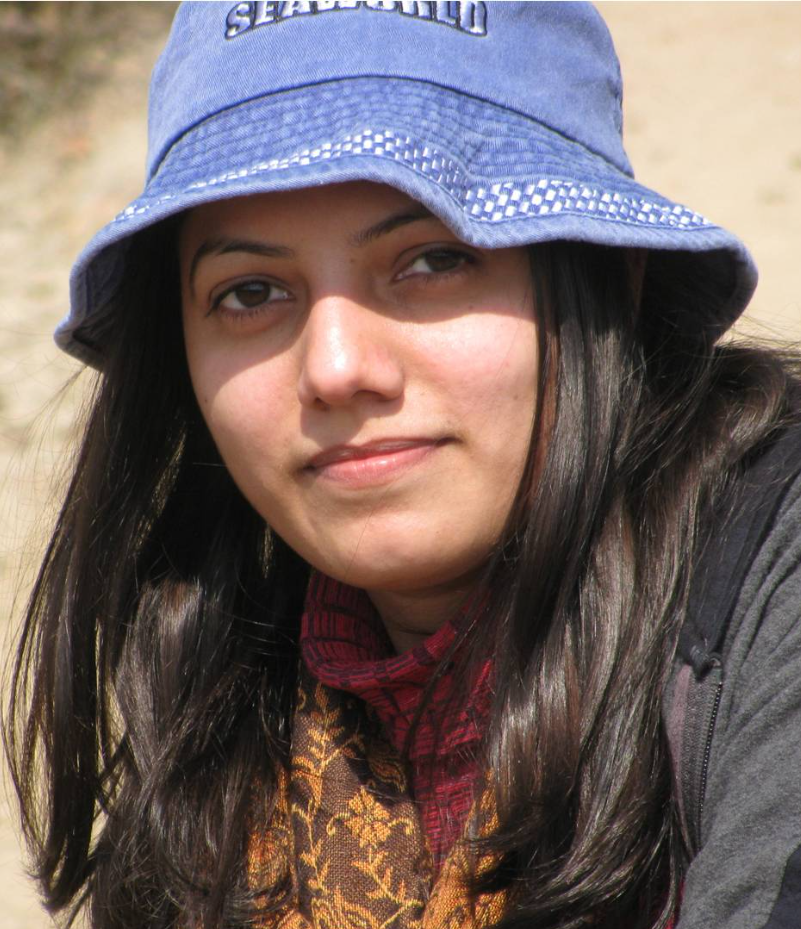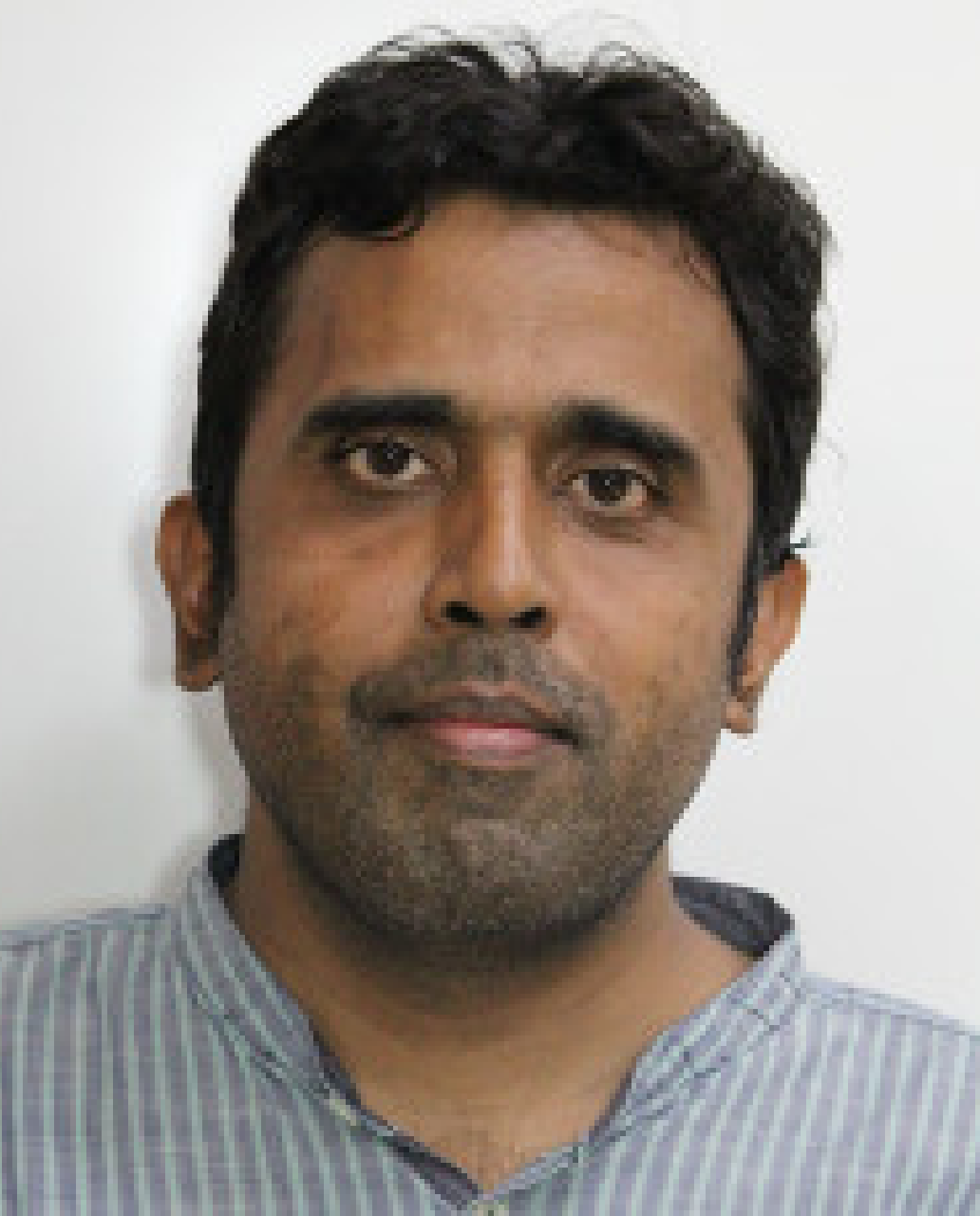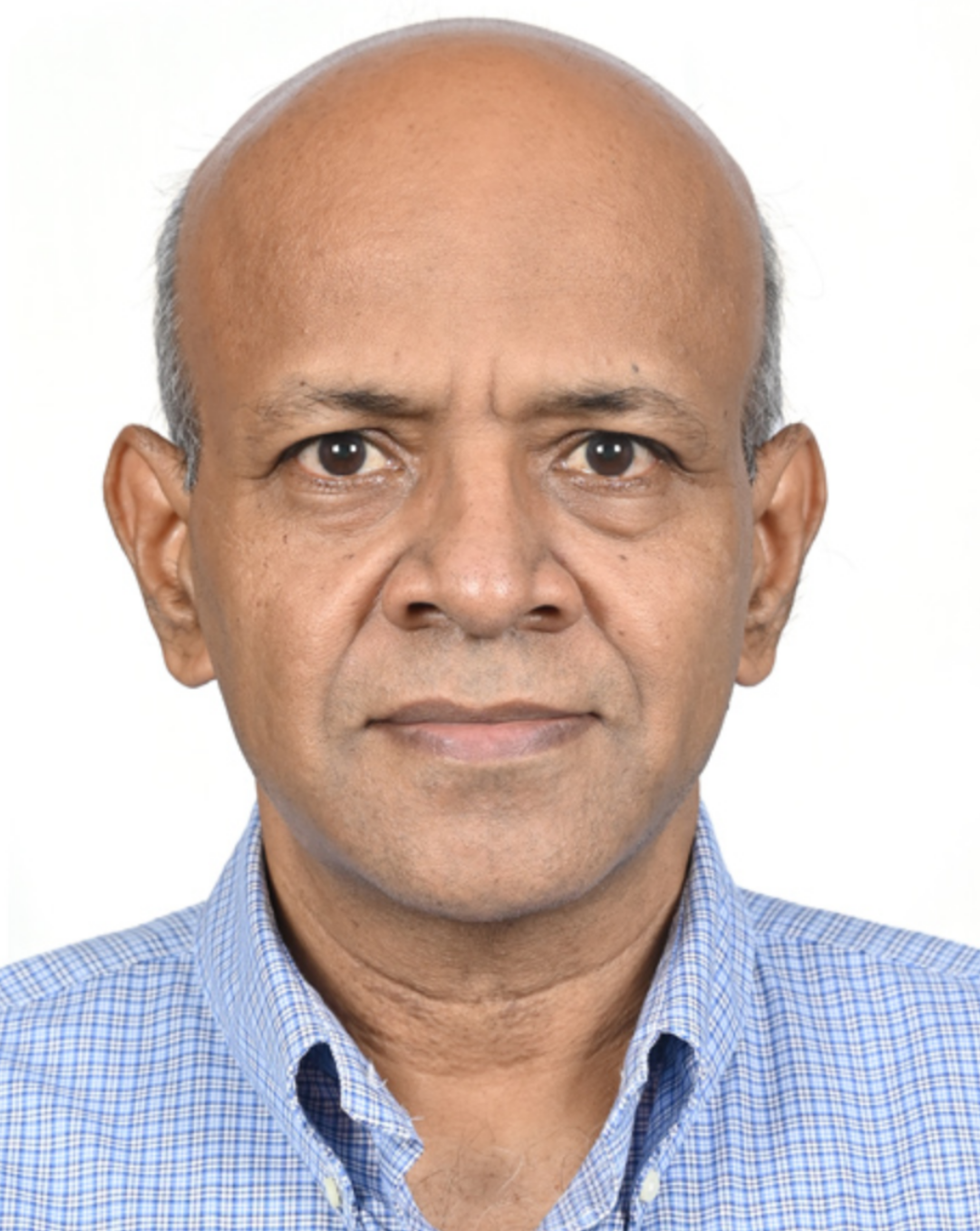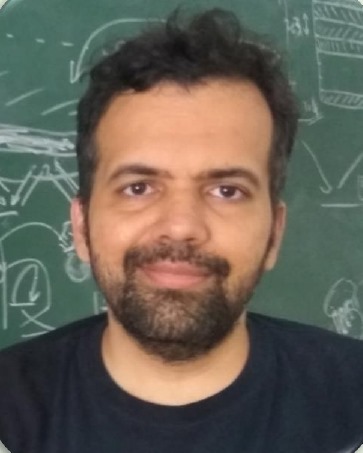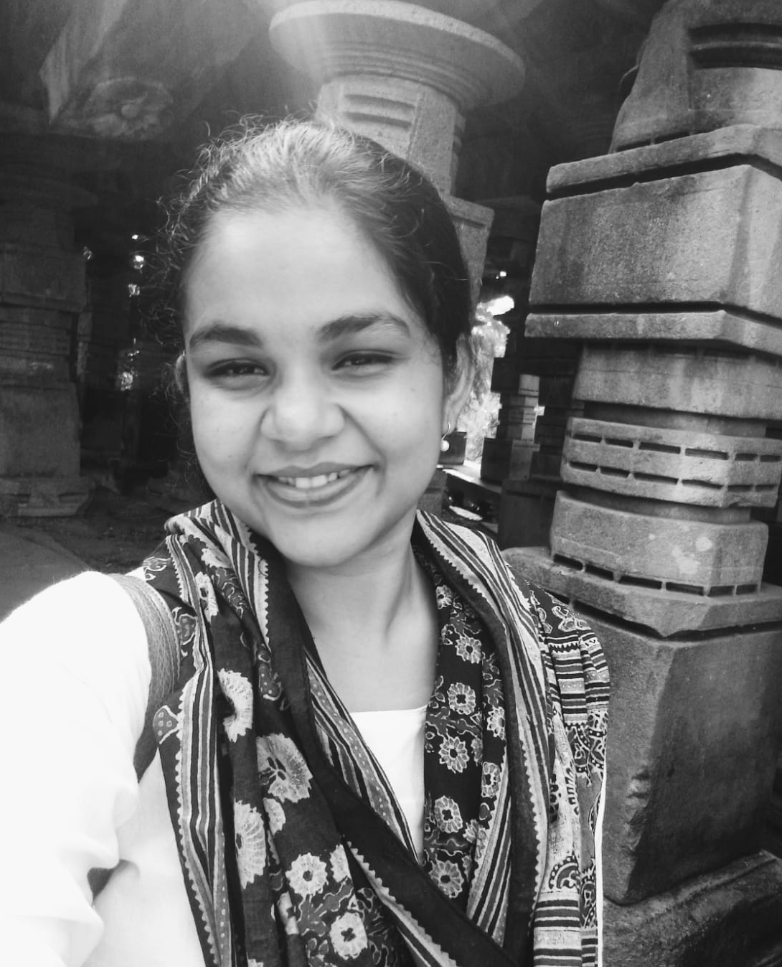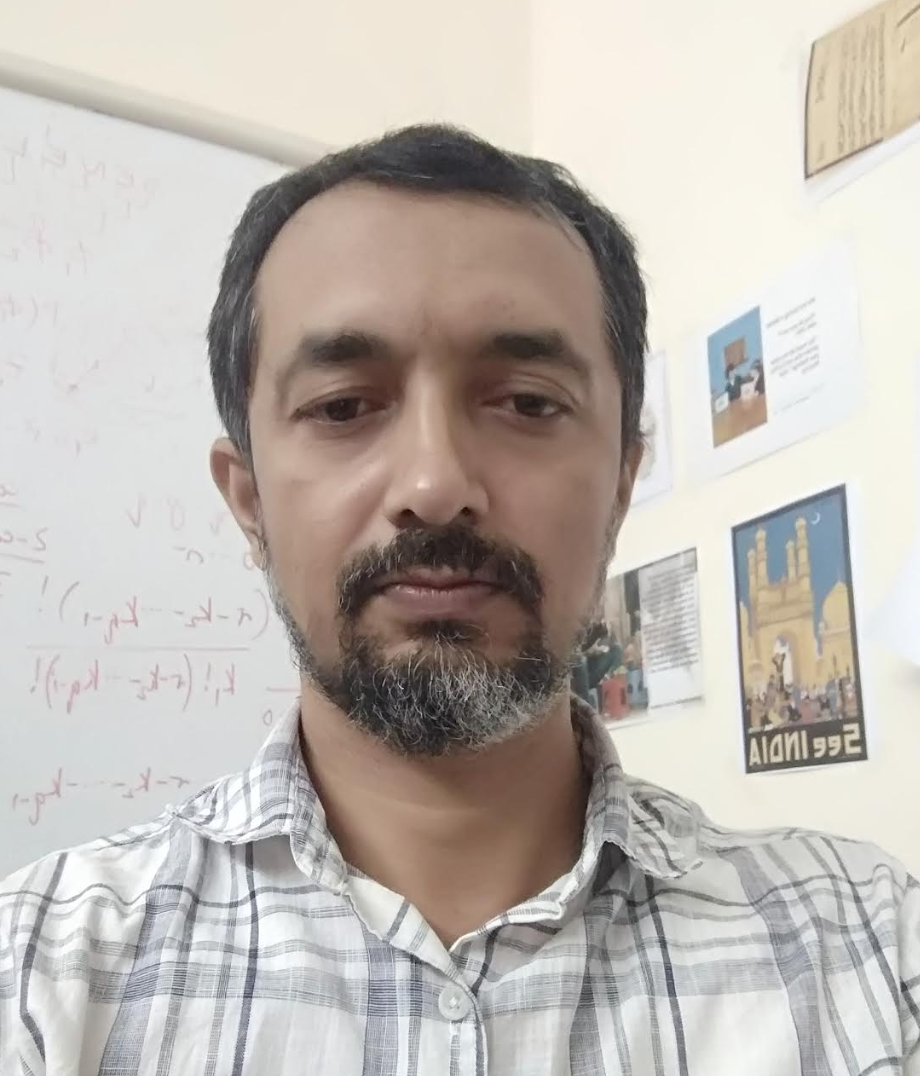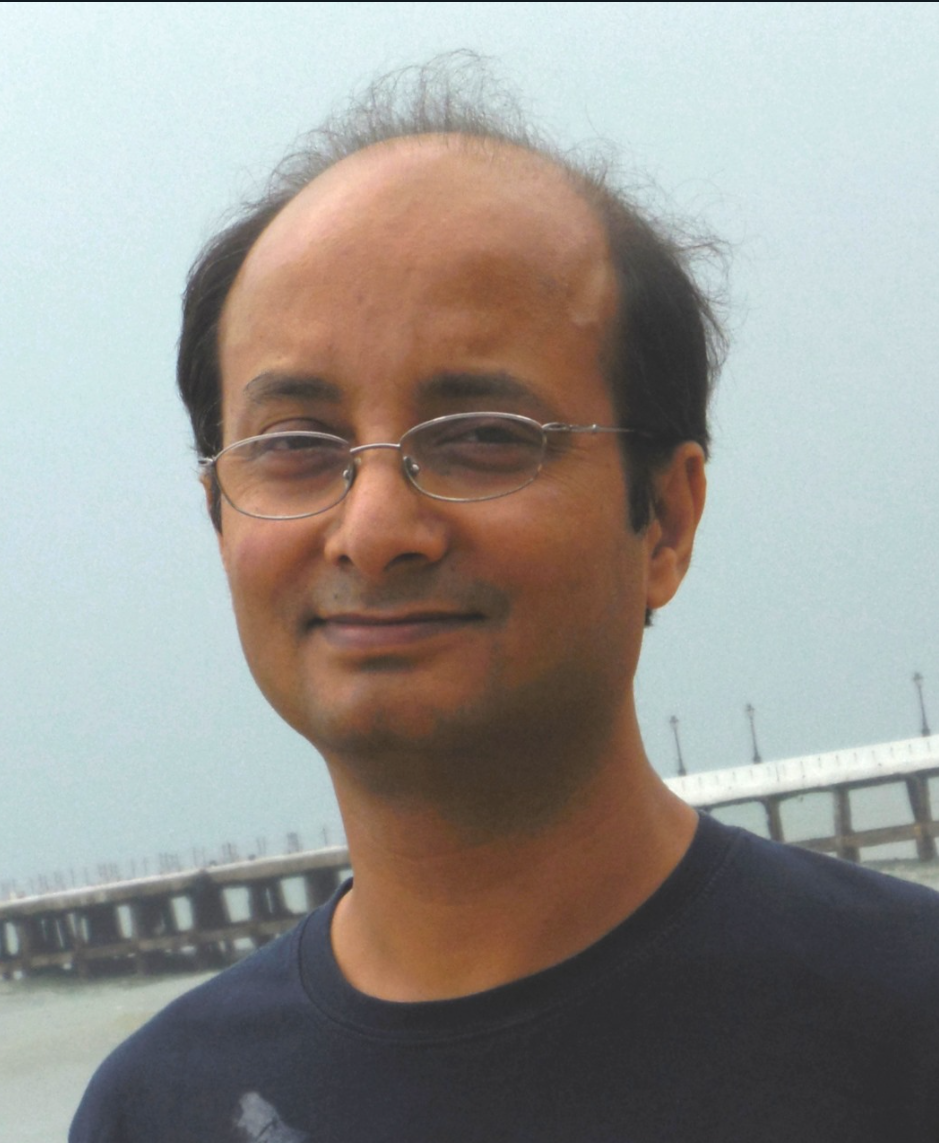
About The Workshop
The workshop aims to introduce an interdisciplinary audience from the humanities, sciences & engineering to the techniques of computational epigraphy for decoding undeciphered scripts.
The lectures and tutorials will provide invaluable training to anyone interested in applying algorithmic methods to acquire, process and analyze data related to inscriptions in order to eventually reconstruct the underlying language and writing system.
- Origins of writing
- Types of writing systems
- Deciphering ancient scripts
- Data science & digital humanities
- Machine learning fundamentals
- Network science tools & computational algorithms
- Indus civilization inscriptions
- Databases, problems and prospects


